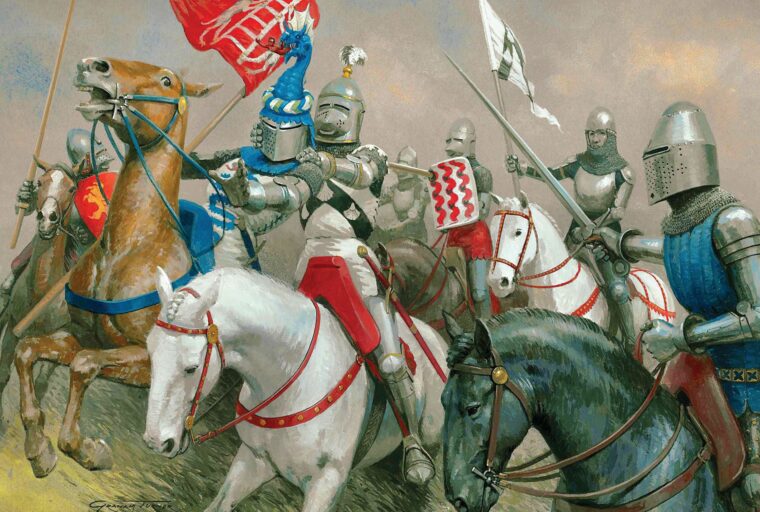
English Mercenary Captain John Hawkwood
By William E. WelshLong columns of heavily armed soldiers streamed southeast along the left bank of the Adige River in the Veneto region of northern Italy on March 11, 1387. Read more

Long columns of heavily armed soldiers streamed southeast along the left bank of the Adige River in the Veneto region of northern Italy on March 11, 1387. Read more
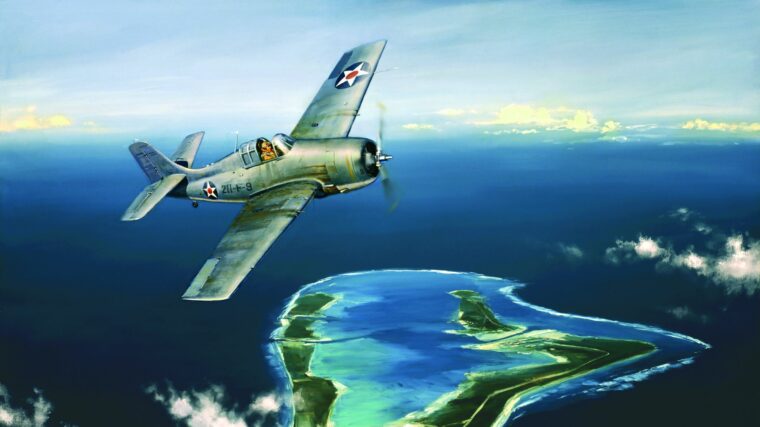
Marine aviators of Fighter Squadron 211, or VMF-211, looked up in frustration as Japanese war planes thronged over Pearl Harbor on December 7, 1941. Read more
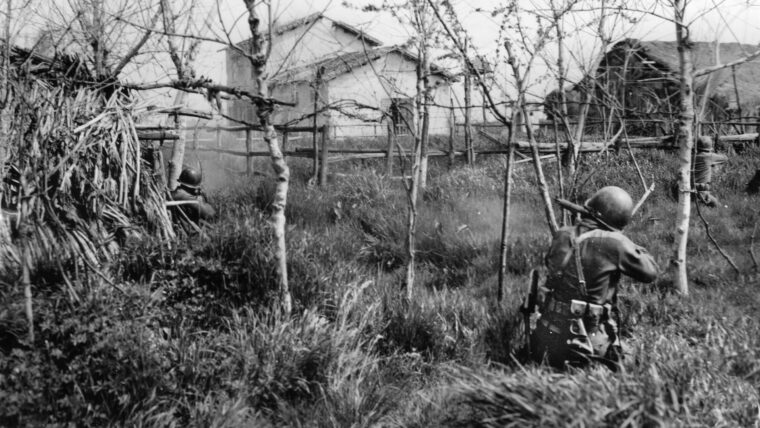
By Nathan N. Prefer
He was an unknown junior lieutenant colonel when Japan attacked Pearl Harbor, yet by the end of that war he was the youngest major general commanding one of the most famous divisions in the European Theater. Read more
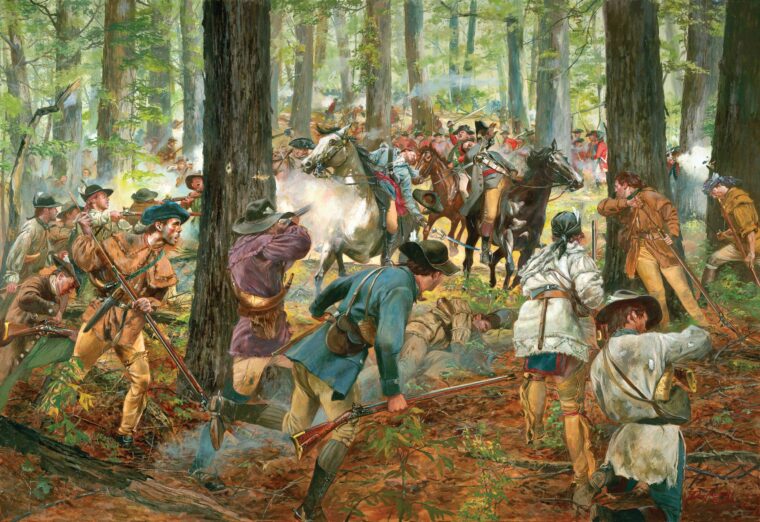
Kings Mountain was a battle of militia–American Patriots against American Loyalists. Short and intense, it was the last desperate stand of British Major Patrick Ferguson and a turning point in the American Revolution. Read more
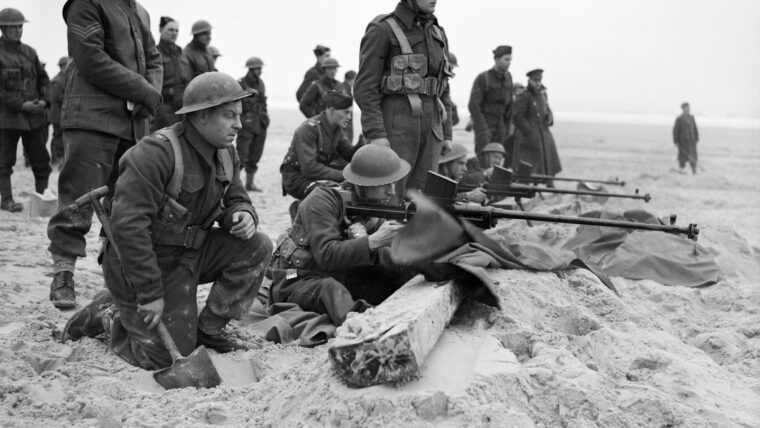
When the first tanks appeared in World War I, they were relatively lightly armored and protected the crews only against small-arms fire. Read more
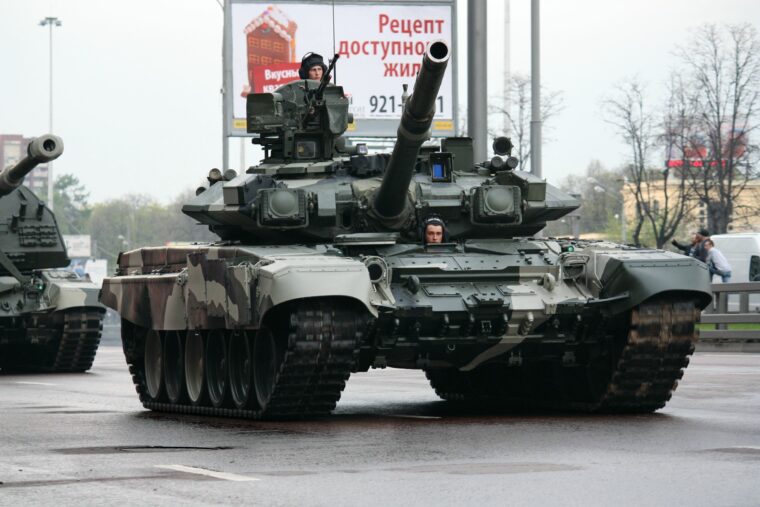
Putin’s Wars: From Chechnya to Ukraine (Mark Galeotti, Osprey Publishing, Oxford UK, 2022, 384 pp., maps, photographs, bibliography, index, $35, hardcover)
The Abyss: Nuclear Crisis Cuba 1962 (Max Hastings, Harper Collins Publishing, New York NY, 2022, 544 pp., Read more
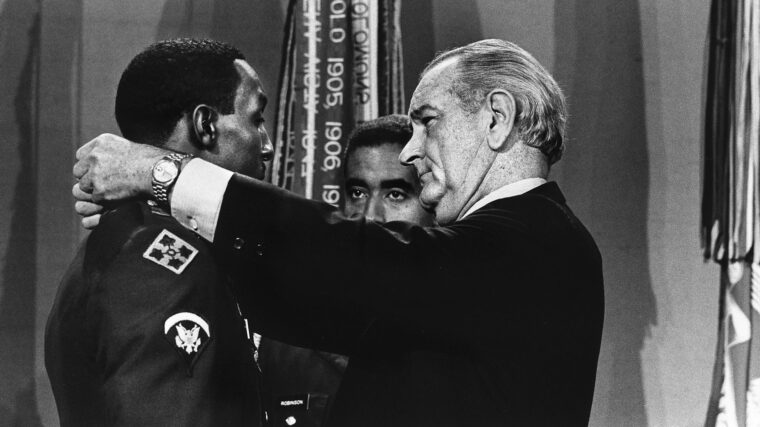
The U.S. military had 409,000 soldiers and Marines in South Vietnam organized into approximately 100 infantry and mechanized battalions at the start of 1968. Read more
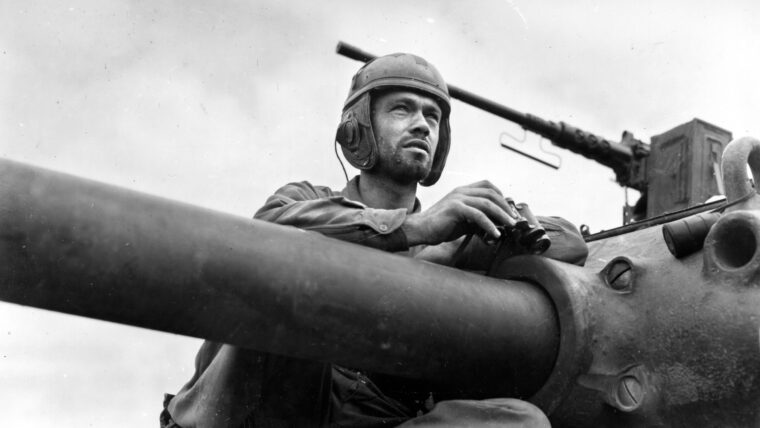
First Lieutenant James H. Fields, a 24-year-old from Houston, Texas, led the 1st Platoon of Company A, 10th Armored Infantry Battalion. Read more
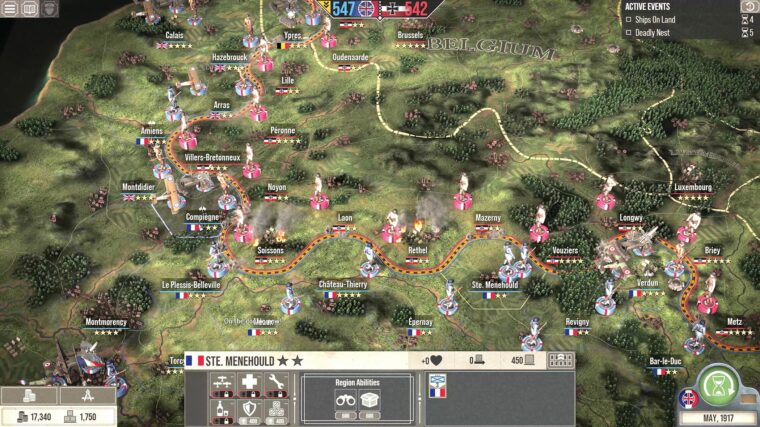
It’s time to travel back to the era of World War I once again in The Great War: Western Front, which puts you in control of the battlefield in a unique dual role system. Read more
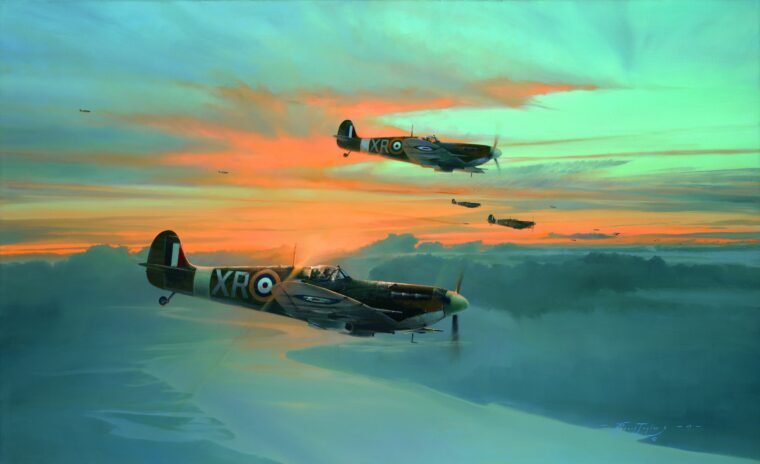
The “few” who defended Great Britain in the sky during the days it stood alone against Hitler would have been hundreds fewer without the volunteers from outside the British Empire. Read more
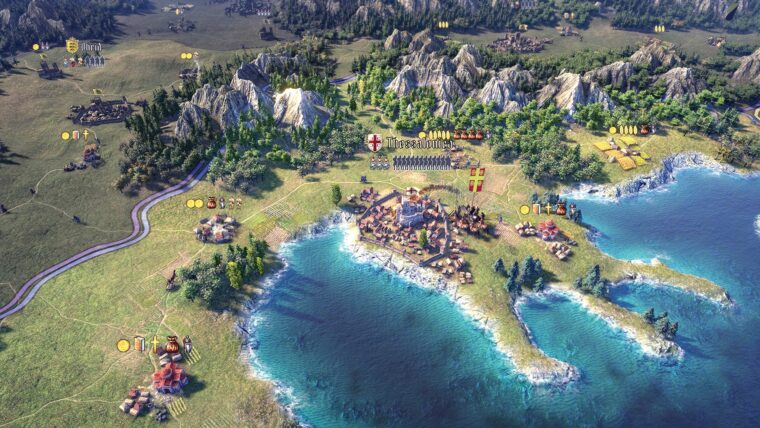
If your particular flavor of strategy falls on the grand side of the spectrum, you might want to dive into the recently-released Knights of Honor II: Sovereign, which arrives courtesy of developer Black Sea Games and publisher THQ Nordic. Read more
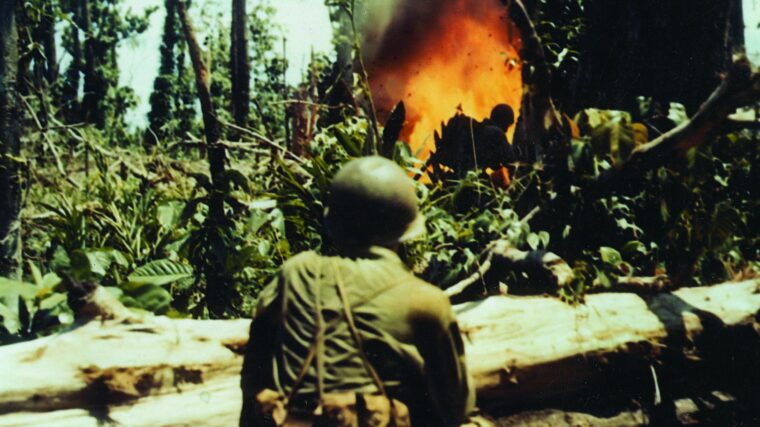
When it came to the global war against tyranny, America’s blacks would not be denied a stake in the action. Read more
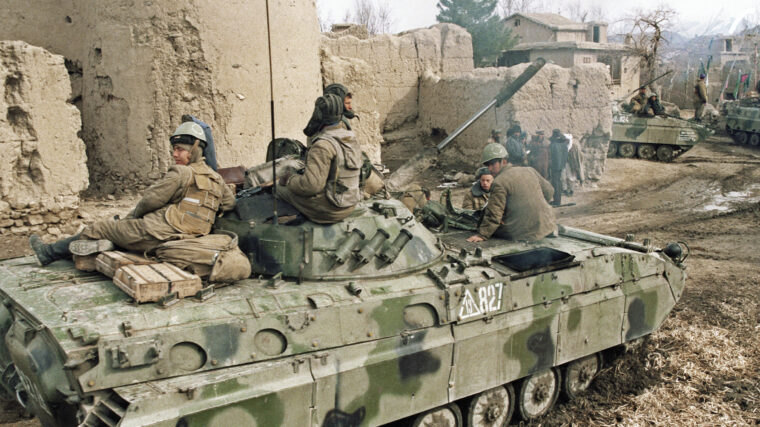
In late 1979, the Democratic Republic of Afghanistan was torn apart by a civil war pitting the weak Communist government of Hafizullah Amin against several moderate and fundamentalist Muslim rebel armies. Read more
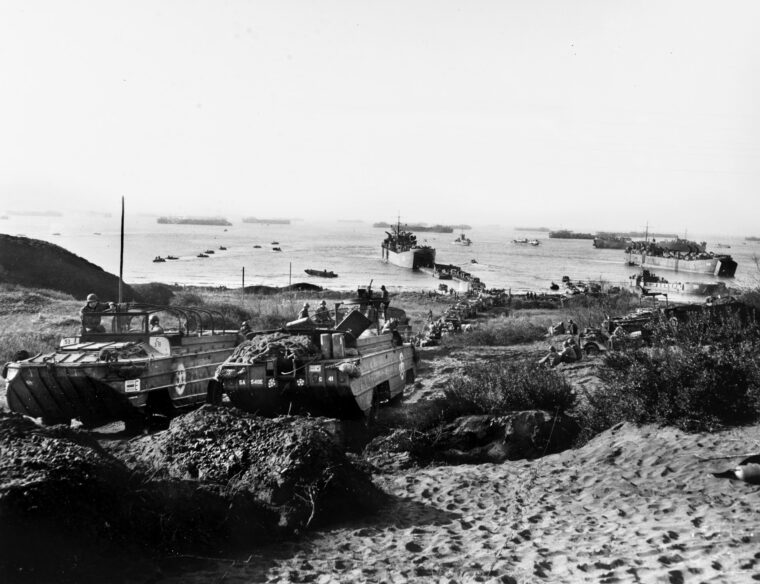
For the Americans of 2nd Battalion, 13th Armored Regiment, their arrival at Anzio in early May 1944 was anything but heartening. Read more
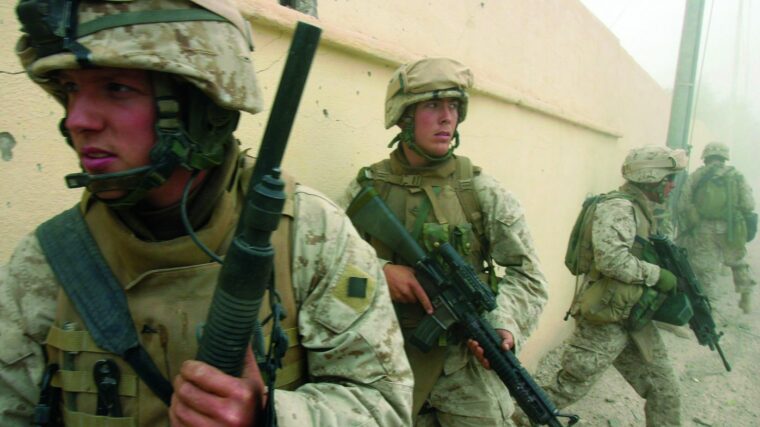
Coming upon the enemy’s rear guard outside the western Kentucky village of Sacramento, four days after Christmas 1861, Confederate Colonel Nathan Bedford Forrest ordered his cavalry to advance. Read more
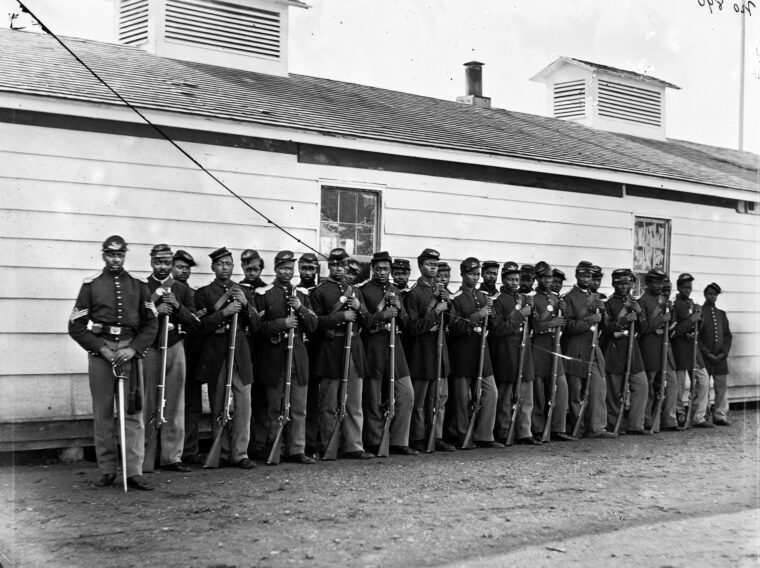
Union soldiers streamed across the pontoon bridge at Deep Bottom on the tidal portion of the James River in the early morning hours of September 29, 1864. Read more
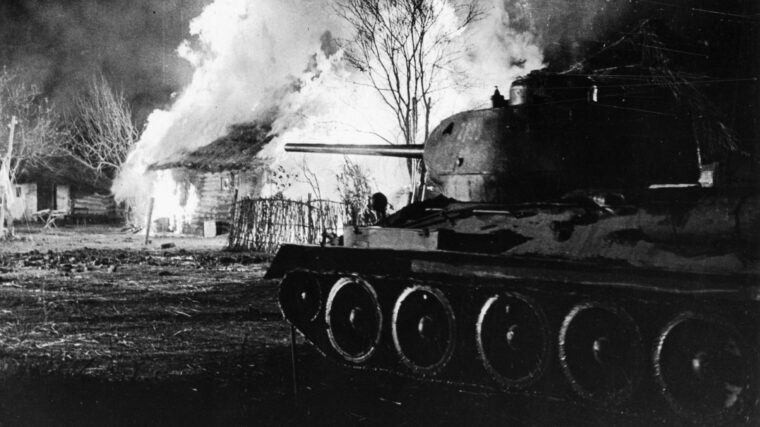
On the morning of July 12, 1943, a climactic engagement of the Battle of Kursk was about to take place. Read more
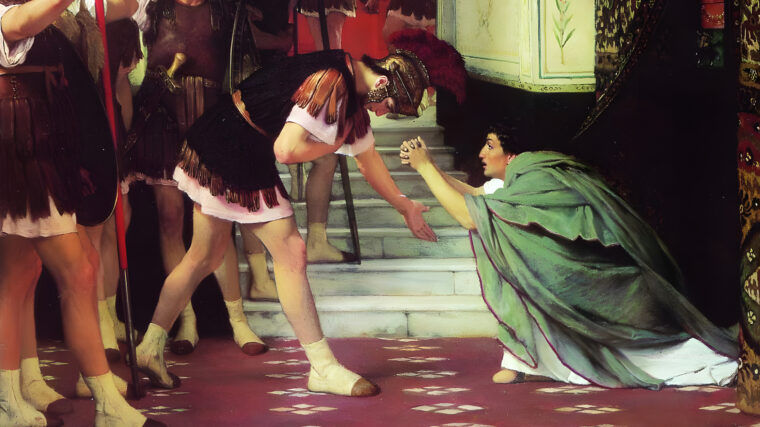
Its name has become synonymous with intrigue, conspiracy, betrayal, and assassination. It was responsible for the overthrow, abandonment, or murder of 15 out of the first 48 emperors who governed Rome between 27 bc and ad 305. Read more
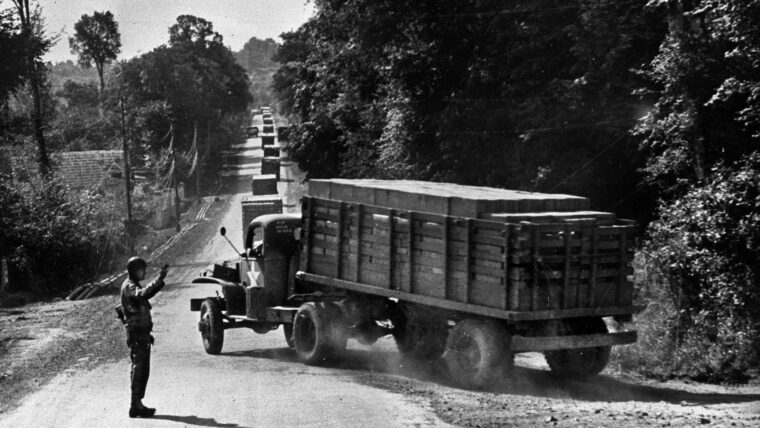
By Dante Brizill
In a message to the Red Ball Express in October of 1944, Supreme Commander Dwight D. Eisenhower wrote, “To it falls the tremendous task of getting vital supplies from ports and depots to combat troops, when and where such supplies are needed, material which without armies might fail. Read more
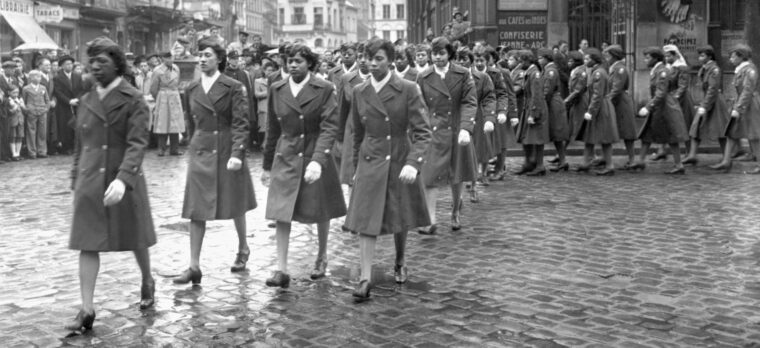
The German V-1 flying rocket, packed with 1,870 pounds of explosives, buzzed over Birmingham, England, until its pulsing engine cut out. Read more